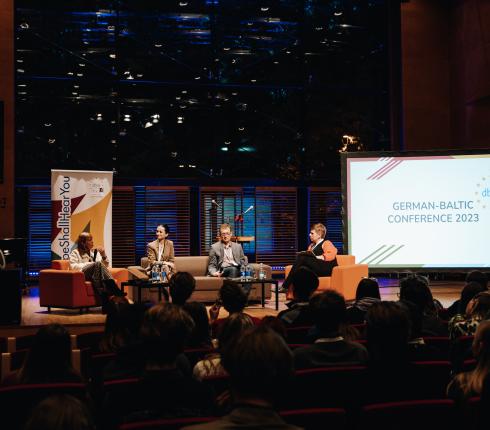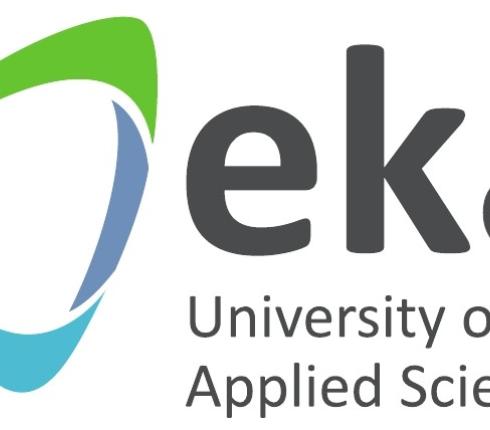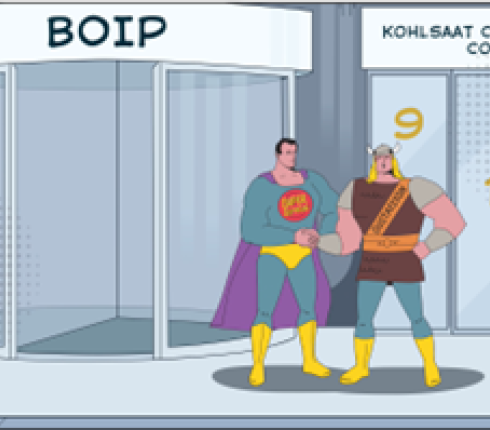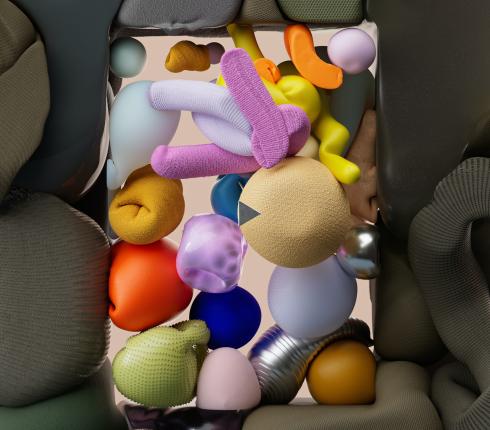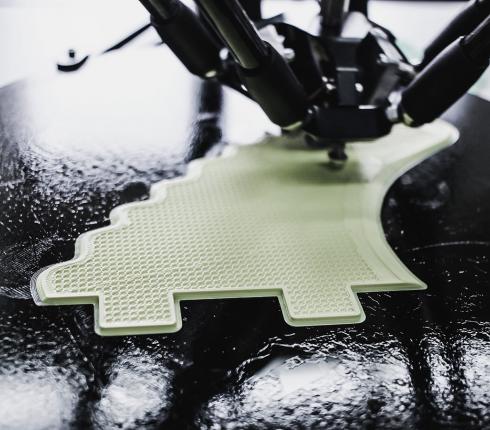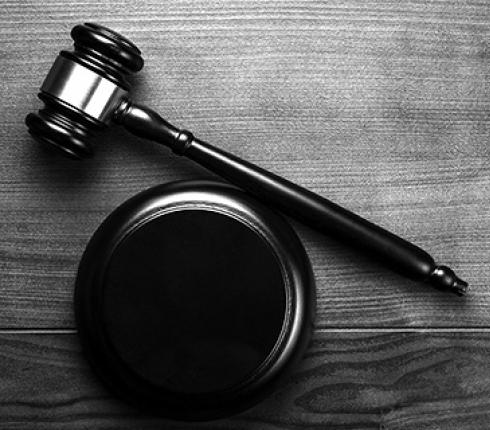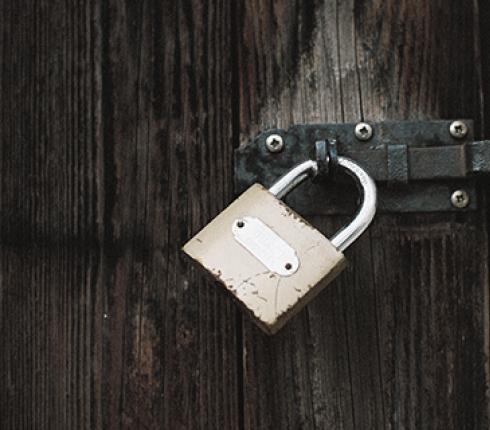The New Norwegian Copyright Act 2018
The Norwegian Copyright Act, 2018, came into force on Sunday 1 July 2018. The new Act is designed to be more technologically neutral than the old Copyright Act from 1961, and the many amendments to the former Act have been restructured to make the new act more accessible to the public. There will be an overview below on the most important legislative amendments.
Streaming
Section 3 of the new Copyright Act provides that streaming is now explicitly illegal if it is “evident” that said streaming is breaking the law and the use of the illegal source is “capable of significantly damaging the financial interests of the author”. A typical example of this would be streaming of copyrighted films without payment to the rights holders from sites such as Popcorn Time, etc. Compensation can only be imposed if the breach is “intentional”. It is mentioned in the legislative history of the Act that the new provision is not meant to affect casual internet surfing, and it should not be required for individuals to assess whether the content has been issued in violation of the Copyright Act. In most cases where the site in question is commonly known as a streaming site using illegal sources and it is evident that the film being streamed is not from a legal source, streaming from these sites will be covered by the Act. However, the user’s intention must be considered in the individual cases.
Free use of works in class rooms
While the so-called “classroom provision” is by no means new, this is the first time it has been made statutory. Section 43(4) of the Act now provides that all performance and transfer of works within ordinary classroom teaching will be considered as taking place in the private sphere, and thus not covered by the Copyright Act. The reason why such performances are considered to be held in the private sphere is due to the close personal bond between the teacher and the students. The making and issuing of copies for teaching purposes will, however, still require contractual licenses.
Contractual licenses
Section 57 of the Act provides a new type of licensing agreement for making available audio-visual productions to the public. The provision is designed to be as technologically neutral as possible. Thus, the provision will also apply to e.g. streaming on demand. While the general rule is that copyrights are cleared individually, the purpose of the contractual license is to ensure the option of using audio-visual productions where all rights are not cleared, meaning that the provision does not apply if an agreement has already been made with the rights holder.
The speciality principle for transfer of rights
When transferring copyrights, section 67(2) provides that the rights holder should not be considered as having transferred a more comprehensive right than what the agreement clearly states. This means that if there are no indications in the agreement that clearly state otherwise, the agreement will be interpreted in favour of the rights holder. The provision is meant to protect rights holders, who are often considered the “weaker party” in such agreements.
The right to reasonable remuneration
Any original author or artist who transfers the rights of their works to others than consumers now have a mandatory right to a reasonable remuneration from the acquirer. This is also a provision meant to protect the original rights holder from being taken advantage of. Section 69(2) provides further guidance on what should be considered as “reasonable remuneration”, such as what type of rights are being transferred, common practice, and what is the “probable value of the transfer”. Normally, an exclusive transfer of rights to a third party will require a higher remuneration than a non-exclusive transfer of rights that cannot be transferred again. Another consideration is the potential economic gains from the transfer. Economic risk involved and the need for investments will also affect the price.
Compensation for violation of rights
If anyone infringes the rights holder’s rights, and this happens intentionally or out of negligence, the rights holder can demand compensation after the provisions of section 81. Under the new Act, the rights holder has three alternatives, and the rights holder may choose whichever alternative is the most favourable.
The rights holder may either:
- demand a reasonable remuneration for the use of the work, in addition to compensation for damages caused which wouldn’t have occurred if there was an agreement on the use;
- demand compensation for the damages caused by the infringement of rights;
- demand a remuneration corresponding to the net gains of the offender.
In the case of gross negligence or wilful intent of the infringer, the rights holder may also claim compensation for non-economic damages. The infringer must also pay double of what is considered a reasonable remuneration for the infringing use.
If the infringement happened in good faith, the infringer shall pay a reasonable remuneration corresponding to what the infringer gained from the infringement. Such a compensation can only be claimed if it is deemed reasonable, but it is also stated in the legislative history of the Act that the general rule is that the infringer will only rarely avoid such a claim. Alternatively, the court may decide to allow continued use of the work, if the infringer was in good faith, on the condition that the infringer pays a reasonable remuneration for the use and agrees to appropriate terms of use, cf. section 83.
Venue
According to section 85 of the Act, all civil lawsuits concerning infringements of the rights of others or other violations of the Copyright Act must be brought before the Oslo District Court, regardless of where in the country the infringer resides.



